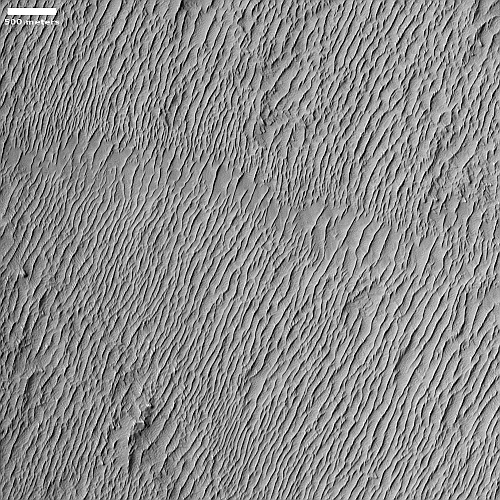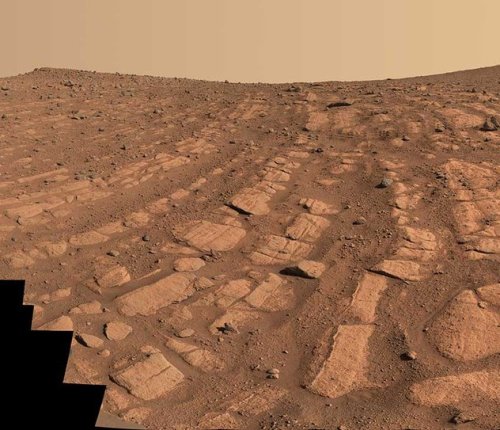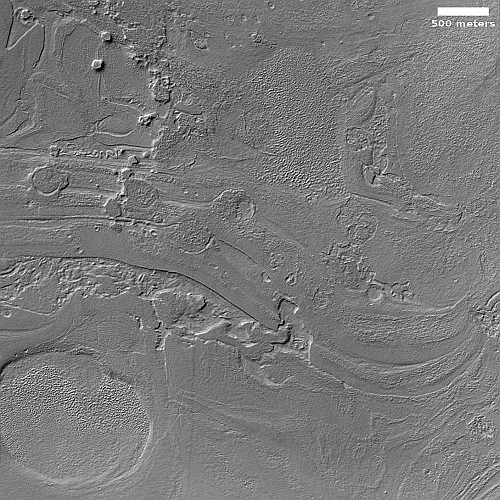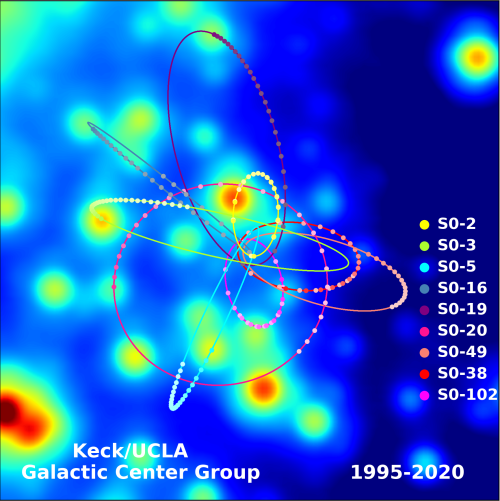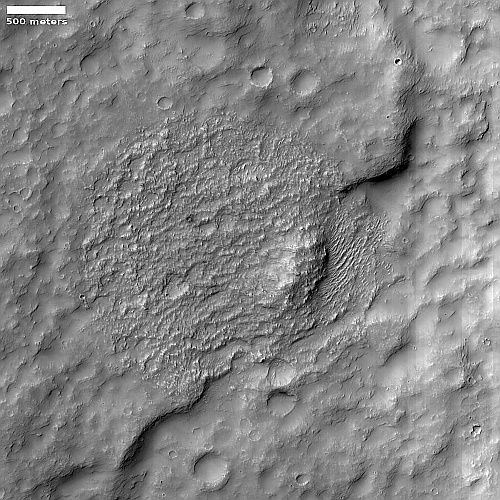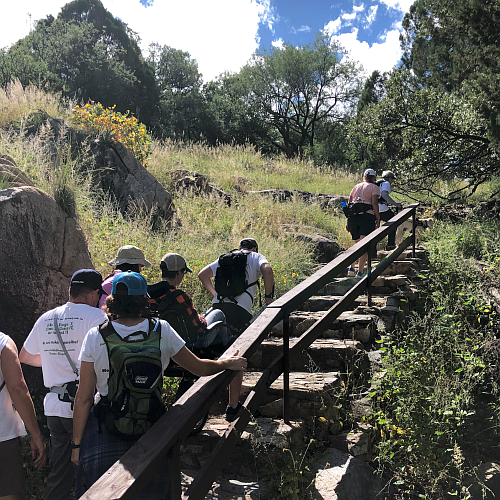NASA’s second super pressure balloon develops leak, forcing termination of mission
After only a day and a half after launch NASA’s second super pressure balloon, this time carrying a detector for studying cosmic rays, developed a leak that forced its controllers to terminate the mission.
The scientific balloon launched from Wānaka Airport, New Zealand, May 13, 12:02 p.m. NZST (May 12, 8:02 p.m EDT). The balloon was in flight for 1 day, 12 hours, and 53 minutes before termination over the Pacific Ocean May 14 at 12:54 UTC (8:54 a.m. EDT). The launch was the second and final for NASA’s 2023 New Zealand balloon launch campaign.
During flight, the SPB began experiencing a leak and teams attempted to troubleshot by dropping ballast to maintain the balloon’s altitude. The determination was made to safely terminate over the Pacific Ocean. NASA will investigate the cause of the anomaly.
Meanwhile, the first balloon, dubbed SuperBIT, continues to fly, presently on its fourth circumnavigation of Antarctic while its telescope takes high resolution images of celestial objects.
After only a day and a half after launch NASA’s second super pressure balloon, this time carrying a detector for studying cosmic rays, developed a leak that forced its controllers to terminate the mission.
The scientific balloon launched from Wānaka Airport, New Zealand, May 13, 12:02 p.m. NZST (May 12, 8:02 p.m EDT). The balloon was in flight for 1 day, 12 hours, and 53 minutes before termination over the Pacific Ocean May 14 at 12:54 UTC (8:54 a.m. EDT). The launch was the second and final for NASA’s 2023 New Zealand balloon launch campaign.
During flight, the SPB began experiencing a leak and teams attempted to troubleshot by dropping ballast to maintain the balloon’s altitude. The determination was made to safely terminate over the Pacific Ocean. NASA will investigate the cause of the anomaly.
Meanwhile, the first balloon, dubbed SuperBIT, continues to fly, presently on its fourth circumnavigation of Antarctic while its telescope takes high resolution images of celestial objects.

